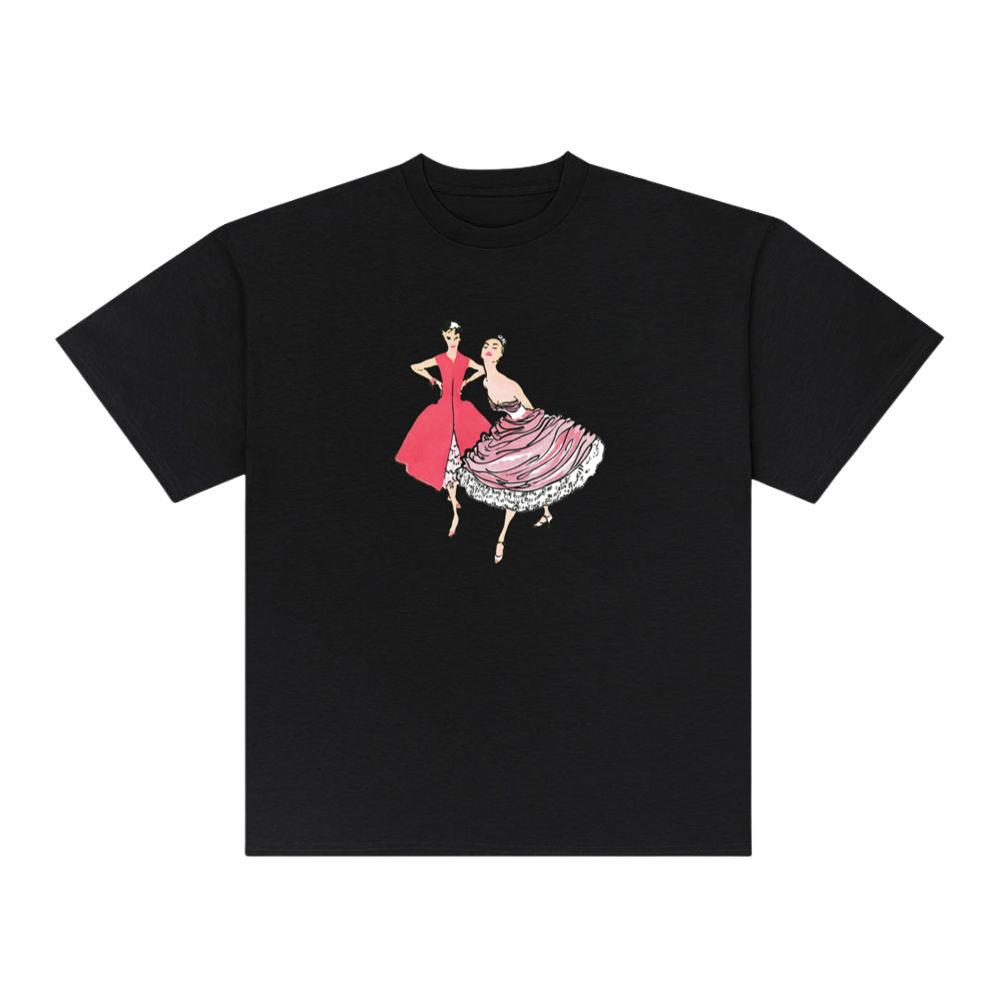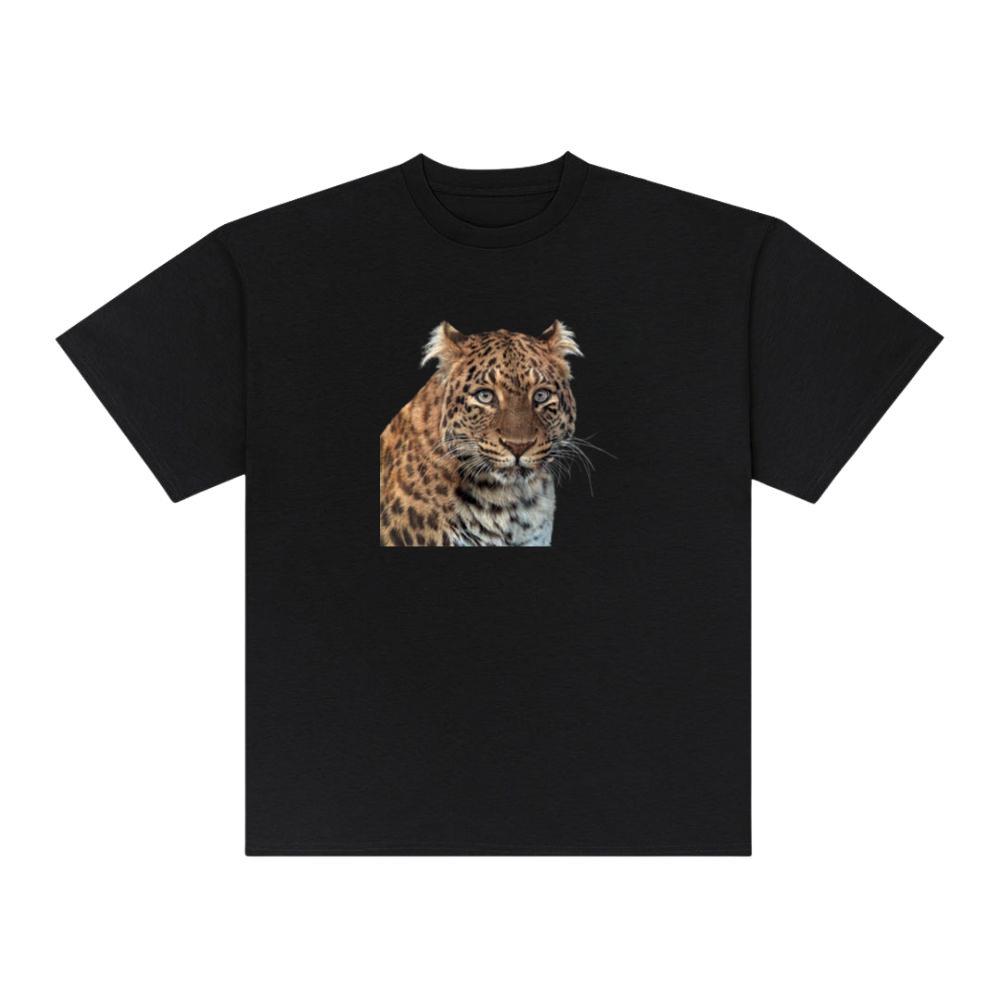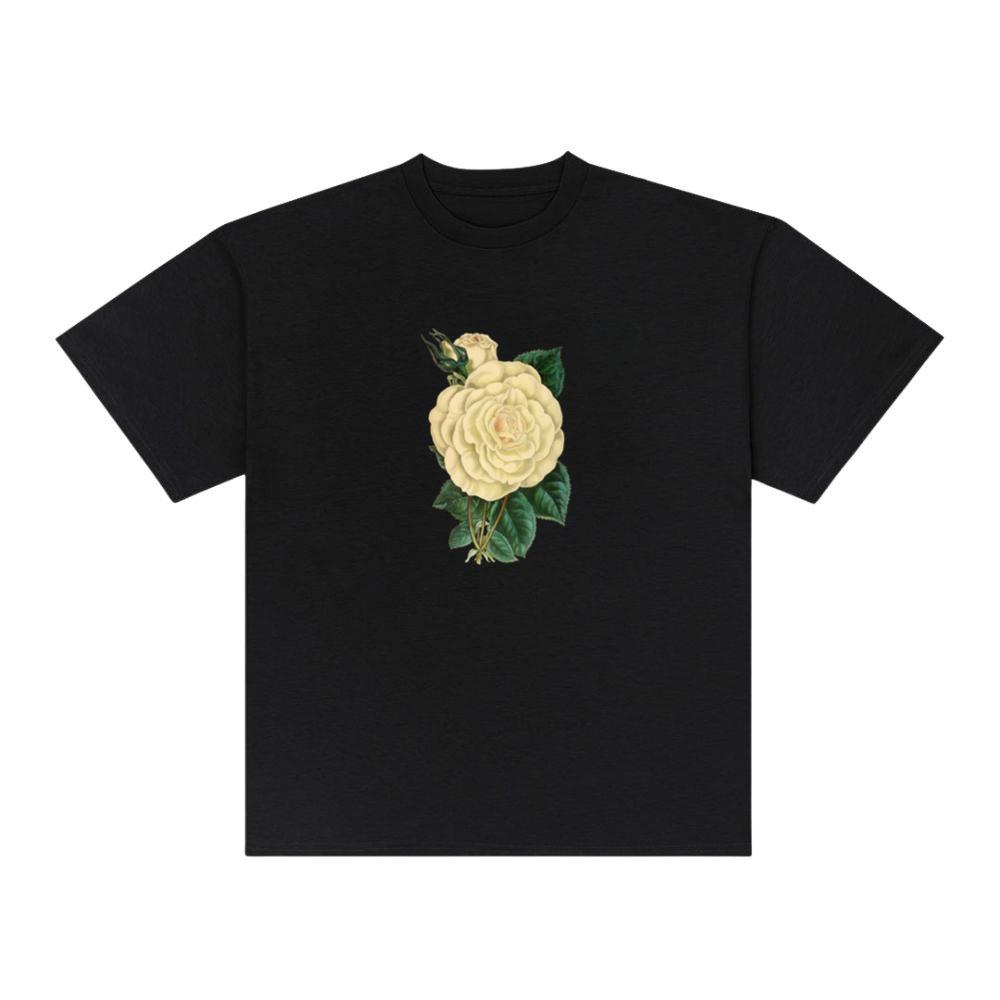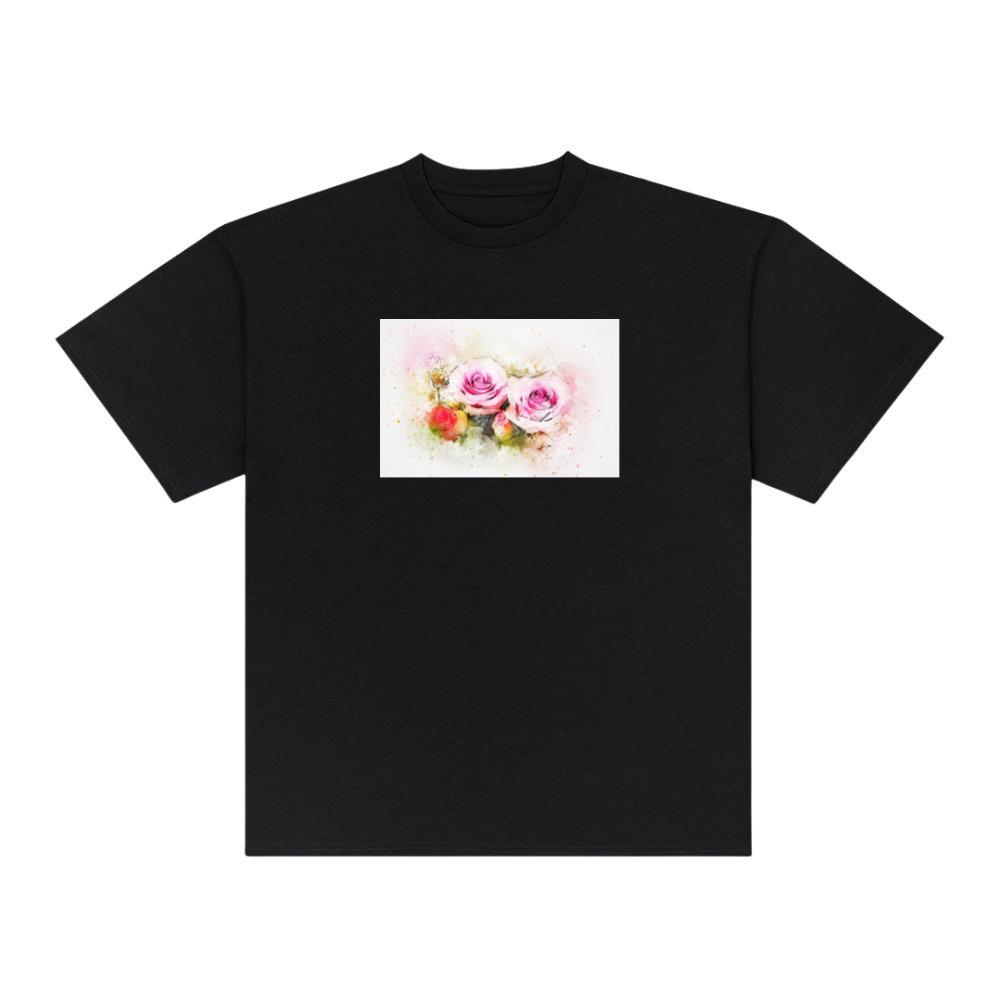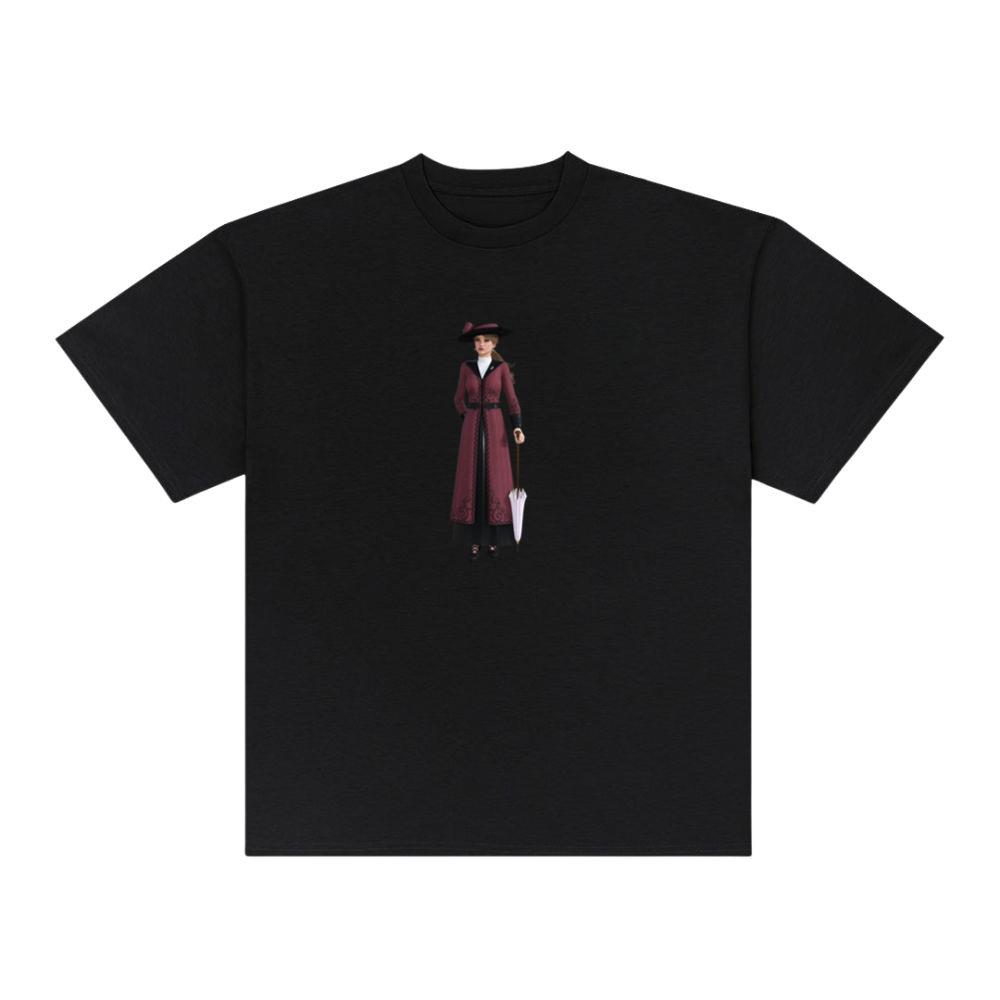Introduction
In a world where technology continues to redefine the limits of possibility, the fusion of artificial intelligence and fashion is no longer a distant future but a vibrant present. The emergence of algorithmic fashion marks a transformative moment where design, personalization, and consumer behavior are increasingly influenced by machine intelligence. What once depended on the intuition and creativity of human designers now incorporates the analytical power of data-driven algorithms. This evolution reconfigures every facet of the fashion industry—from the drawing board to the runway, from retail strategies to personal wardrobes. As artificial intelligence begins to play the role of stylist, designer, and trend forecaster, it reshapes not only what we wear but how we perceive fashion itself. This exploration into algorithmic fashion seeks to unpack the intersections between computational systems and sartorial creativity, revealing a new era of clothing defined by logic, learning, and limitless expression.
The Digital Designer: How AI Generates Fashion Concepts
At the heart of algorithmic fashion lies the ability of artificial intelligence to generate novel designs through deep learning, neural networks, and generative adversarial networks (GANs). These systems are fed vast amounts of visual data—from haute couture collections to streetwear snapshots—allowing them to learn aesthetic patterns, color combinations, and structural silhouettes. AI platforms like DeepArt and RunwayML have enabled even novice users to create fashion sketches that rival professional portfolios. By removing the traditional constraints of human bias and creative fatigue, AI introduces an infinite canvas where originality is no longer a finite resource.
AI-generated designs often begin with a prompt—textual, visual, or numerical—that guides the algorithm toward a particular style or theme. The result is a digital garment blueprint that can be rendered in 3D, adjusted in real-time, and prepared for production. This level of adaptability accelerates the prototyping process and reduces material waste, aligning technological innovation with sustainability goals. Furthermore, designers can collaborate with algorithms rather than compete with them, opening up new realms of hybrid creativity where human intuition and machine logic co-create compelling collections.
In many ways, the rise of digital designers signifies the democratization of fashion design. Aspiring creatives no longer need expensive tools or elite education to participate in the creative process. AI platforms lower entry barriers, encouraging global participation from diverse perspectives. Whether for commercial collections or conceptual art, these tools empower users to reimagine aesthetic norms, introducing more inclusive and experimental narratives into the mainstream. Additionally, fashion brands can tap into these algorithmic innovations to forecast trends, reduce overproduction, and offer capsule collections tailored to niche markets.
Personalized Style at Scale: AI and Consumer Data
One of the most powerful applications of algorithmic fashion is its ability to personalize clothing recommendations based on individual preferences, biometric data, and behavioral patterns. E-commerce giants like Amazon and Zalando utilize AI algorithms to analyze user interaction—from browsing habits to purchase history—and translate these insights into curated style suggestions. This individualized approach transforms online shopping into an intuitive experience where each user’s digital wardrobe evolves with their changing tastes.
Beyond mere preference prediction, AI-driven platforms can scan body measurements and generate fit-optimized clothing designs. Virtual fitting rooms powered by augmented reality and computer vision allow consumers to visualize garments on their bodies without stepping into a store. These innovations enhance consumer satisfaction while reducing return rates, a significant concern for fashion retailers. As wearable devices and smart textiles continue to collect real-time data, the feedback loop between user and algorithm grows tighter, making clothing not just a reflection of taste but a responsive extension of the self.
In addition to sizing and styling, AI can anticipate lifestyle shifts and make wardrobe suggestions accordingly. If a user starts training for a marathon, AI-integrated shopping apps may highlight moisture-wicking athletic gear or running shoes that align with their performance needs. If someone begins a new job in a corporate setting, the system could suggest business-casual staples tailored to their role. These hyper-contextual suggestions create a sense of being understood, strengthening consumer-brand loyalty and offering a futuristic glimpse of a wardrobe that evolves as we do.
Conclusion
The integration of artificial intelligence into fashion marks a revolutionary leap toward an industry driven by data, personalization, and creative synergy between human and machine. Algorithmic fashion is not a replacement for artistry—it is a powerful collaborator that expands the limits of what is possible. From enabling designers to generate unprecedented visual concepts to delivering tailored experiences for every consumer, AI is redefining both the creative and commercial landscapes of clothing.
As we move further into the 21st century, fashion will continue to become more interactive, predictive, and intelligent. The digital threads that now weave through our garments hold the potential to reshape identity, communication, and even culture. The ultimate question will not be whether AI can design better clothes, but how we choose to integrate its capabilities into a fashion narrative that remains inclusive, ethical, and visionary. Algorithmic fashion is only the beginning of this exciting new chapter—and what we wear next may very well be written by code.




